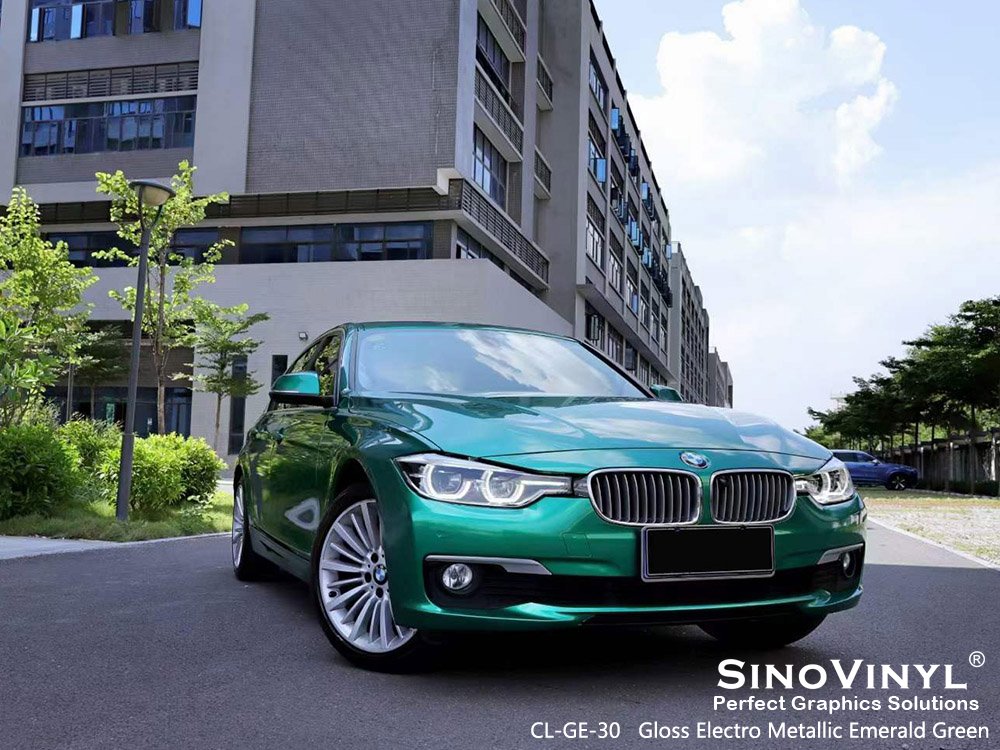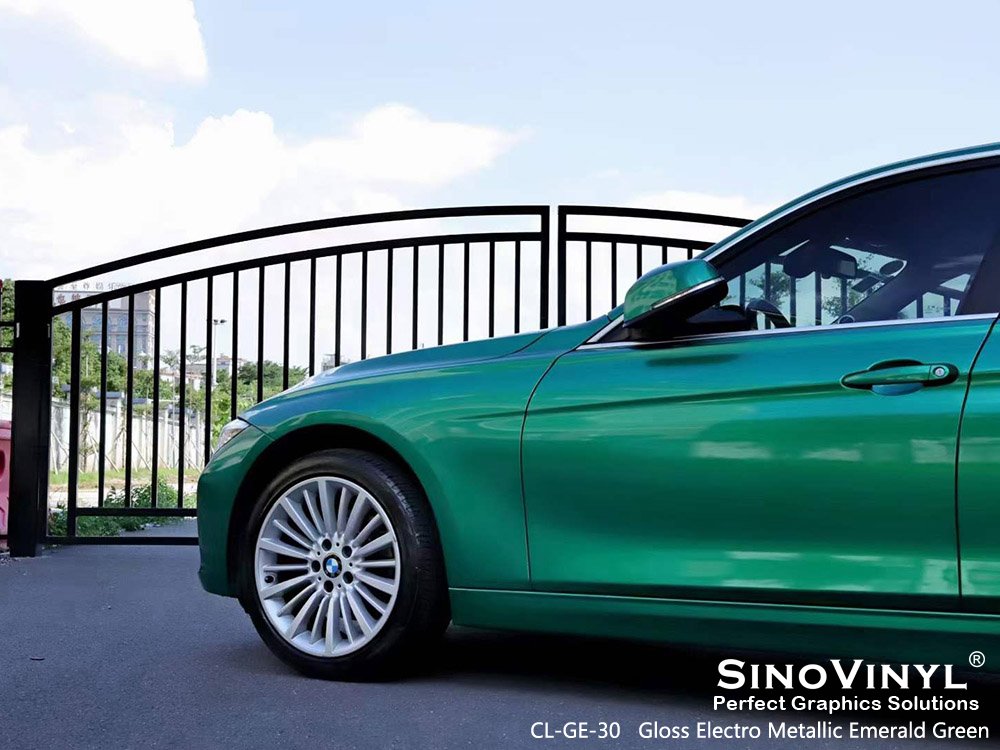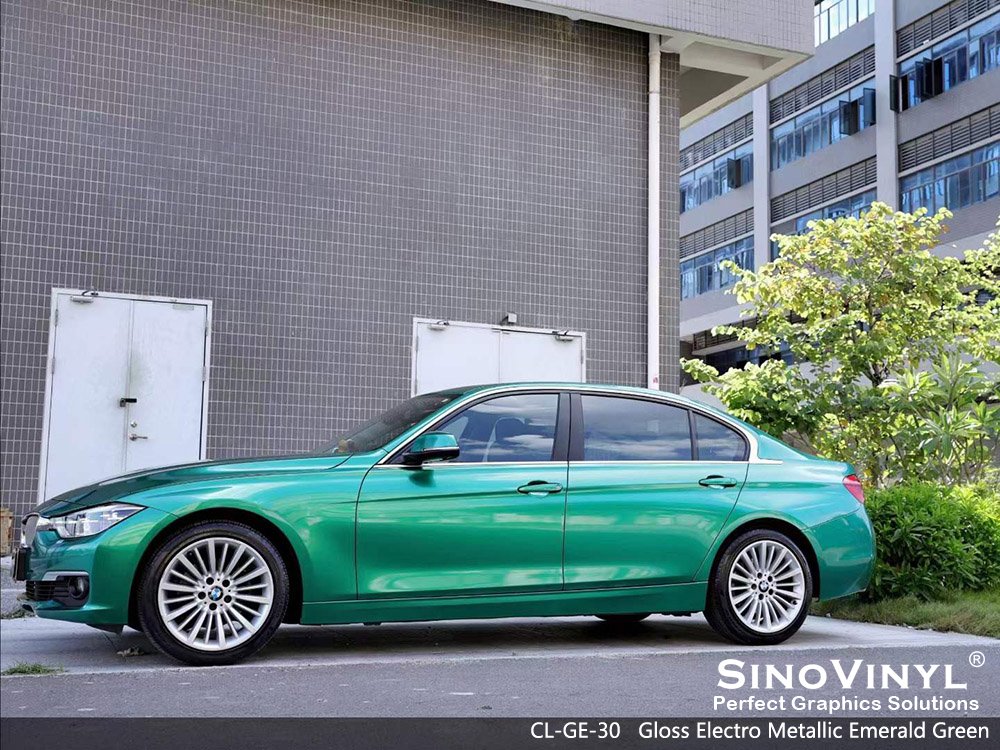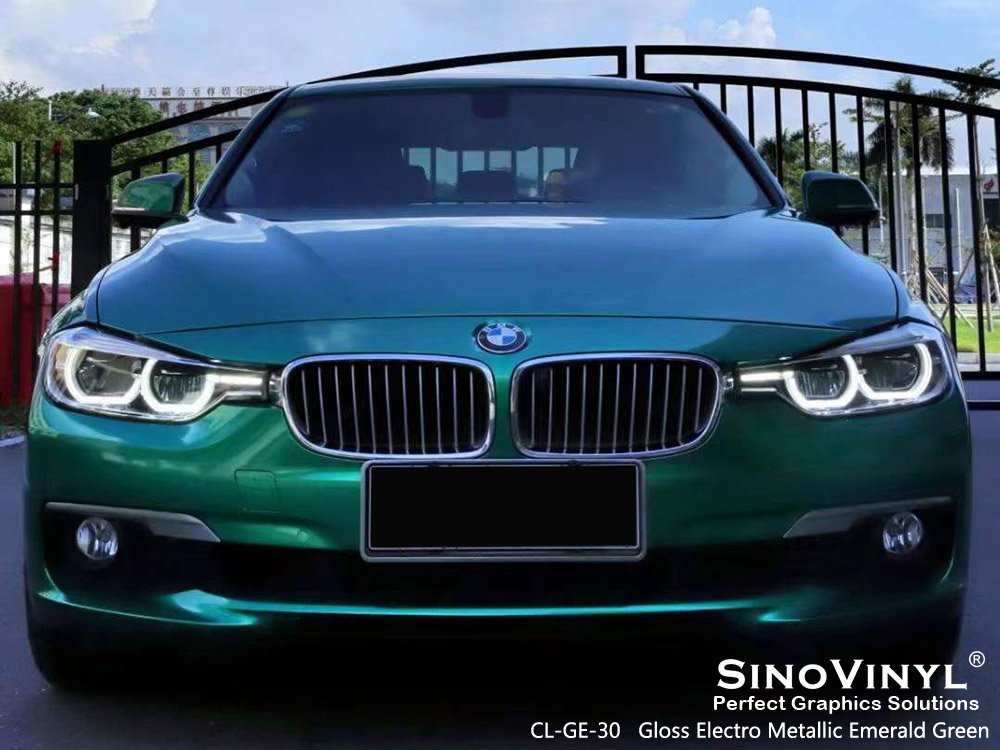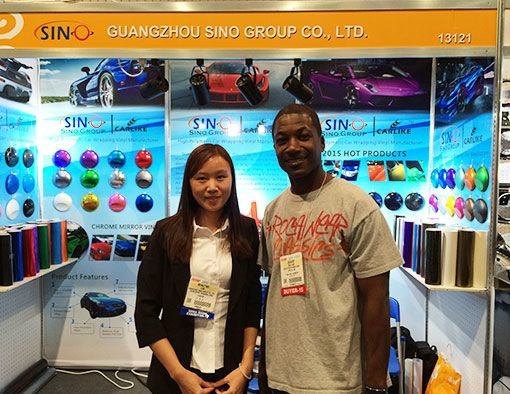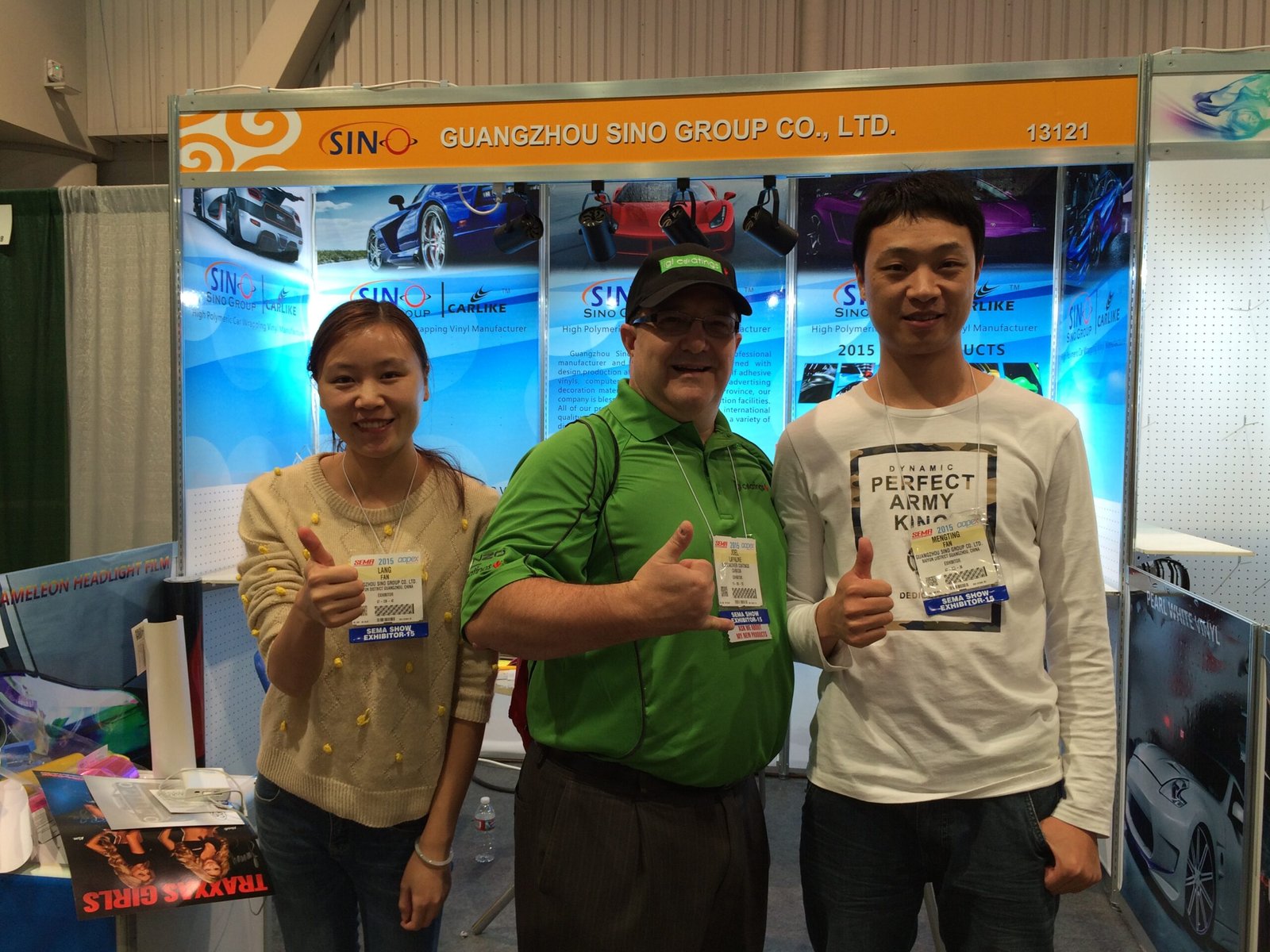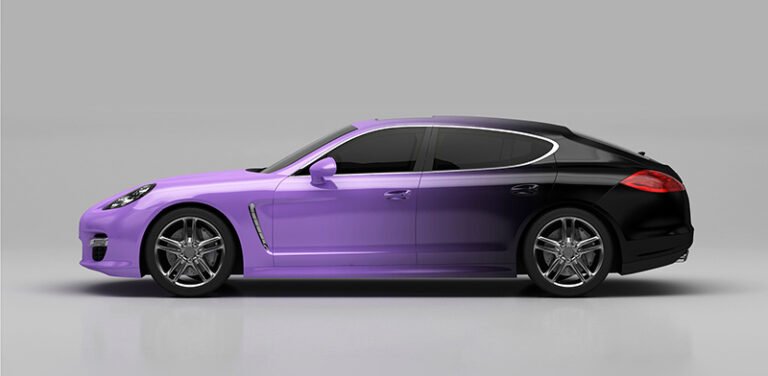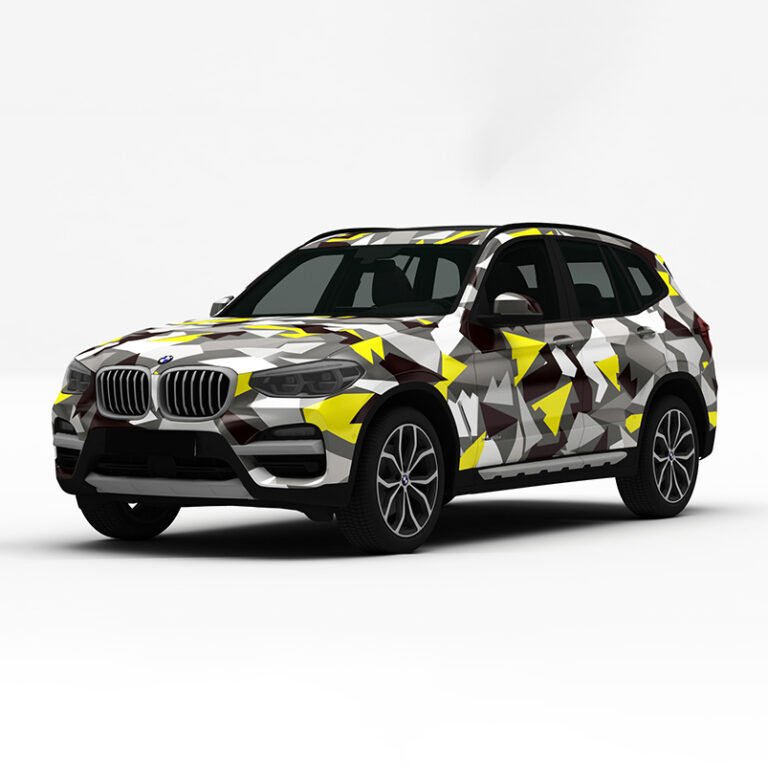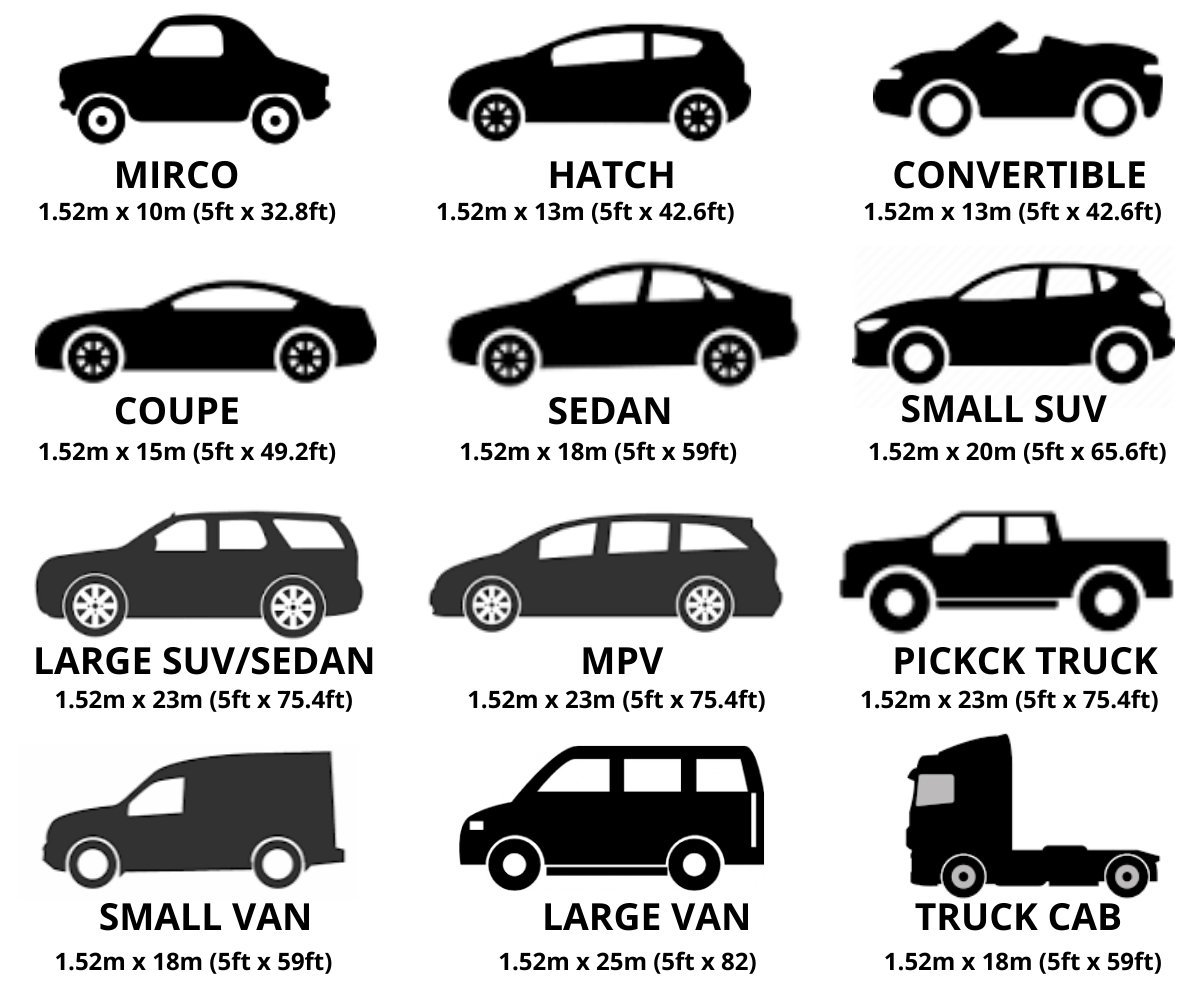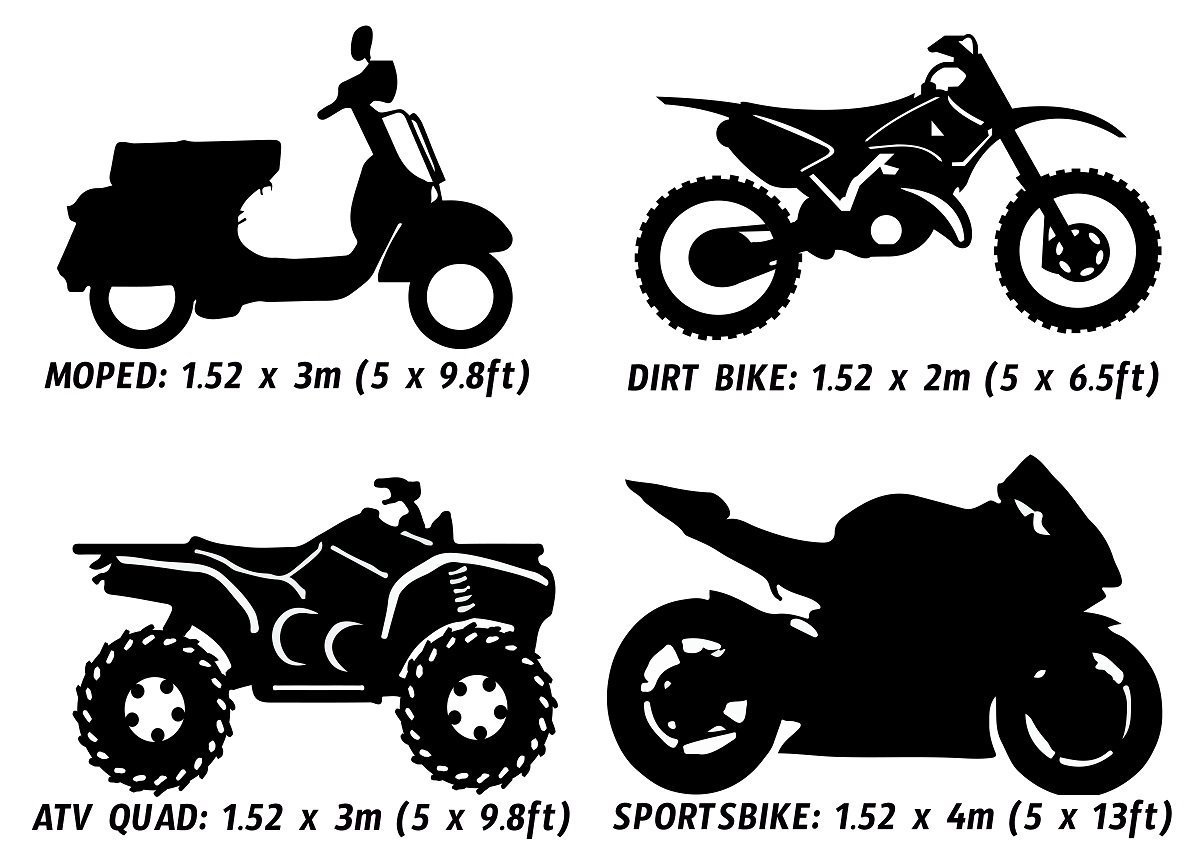Choosing the right vinyl wrap for your vehicle is just the beginning. Understanding how temperature and weather conditions can impact its performance and longevity is crucial. From extreme heat to freezing temperatures, each climate presents unique challenges. This guide will delve into the key considerations you need to keep in mind to ensure your vinyl wrap stays looking its best, no matter what Mother Nature throws your way.
When it comes to vinyl wrapping, temperature and weather conditions play a crucial role in ensuring a successful installation and long-lasting results. Here are some temperature and weather considerations to keep in mind:
Temperature Considerations
1. Ideal Temperature Range
The ideal temperature range for vinyl wrapping is usually between 60°F (15°C) and 80°F (27°C). This temperature range ensures that the vinyl is flexible enough to conform to the curves and contours of the vehicle without cracking or tearing.
2. Avoid Extreme Temperatures
Avoid installing vinyl wraps in extreme cold or hot temperatures. Cold temperatures can make the vinyl brittle and prone to tearing, while hot temperatures can make the vinyl too soft and difficult to work with.
3. Pre-Heating
In colder temperatures, pre-heating the vehicle’s surface and the vinyl can help make the vinyl more pliable and easier to install.
4. Temperature Control
If possible, work in a controlled environment like a garage or workshop where you can regulate the temperature to ensure optimal conditions for vinyl wrapping.
Weather Considerations
1. Avoid Rain and Humidity
Moisture can interfere with the adhesive properties of the vinyl, leading to poor adhesion and potential failure of the wrap. It’s essential to choose a dry day with low humidity for vinyl wrapping.
2. Wind
High winds can make it challenging to install vinyl wraps as they can cause the vinyl to fold over onto itself or stick to unwanted areas. Choose a calm day to ensure smooth installation.
3. Sunlight
Direct sunlight can cause the vinyl to expand and become too soft, making it difficult to install and increasing the risk of stretching or tearing. If possible, choose a shaded area or work indoors to avoid direct sunlight during the installation process.
4. Temperature Fluctuations
Rapid temperature changes can affect the adhesive properties of the vinyl and lead to lifting or bubbling. Try to install the vinyl when the temperature is stable and consistent.
Additional Tips
1. Surface Preparation
Properly clean and prepare the vehicle’s surface before installing the vinyl wrap. Any dirt, grease, or wax can interfere with adhesion and affect the final result.
2. Tools and Materials
Use high-quality vinyl wraps and the right tools for the job, including squeegees, heat guns, and cutting tools, to ensure a professional-looking finish.
3. Professional Installation
If you’re unsure about installing the vinyl wrap yourself, consider hiring a professional installer who has experience working with vinyl wraps and can ensure a flawless finish.
By paying attention to these temperature and weather considerations, you can help ensure a successful vinyl wrap installation that looks great and lasts for years to come.
